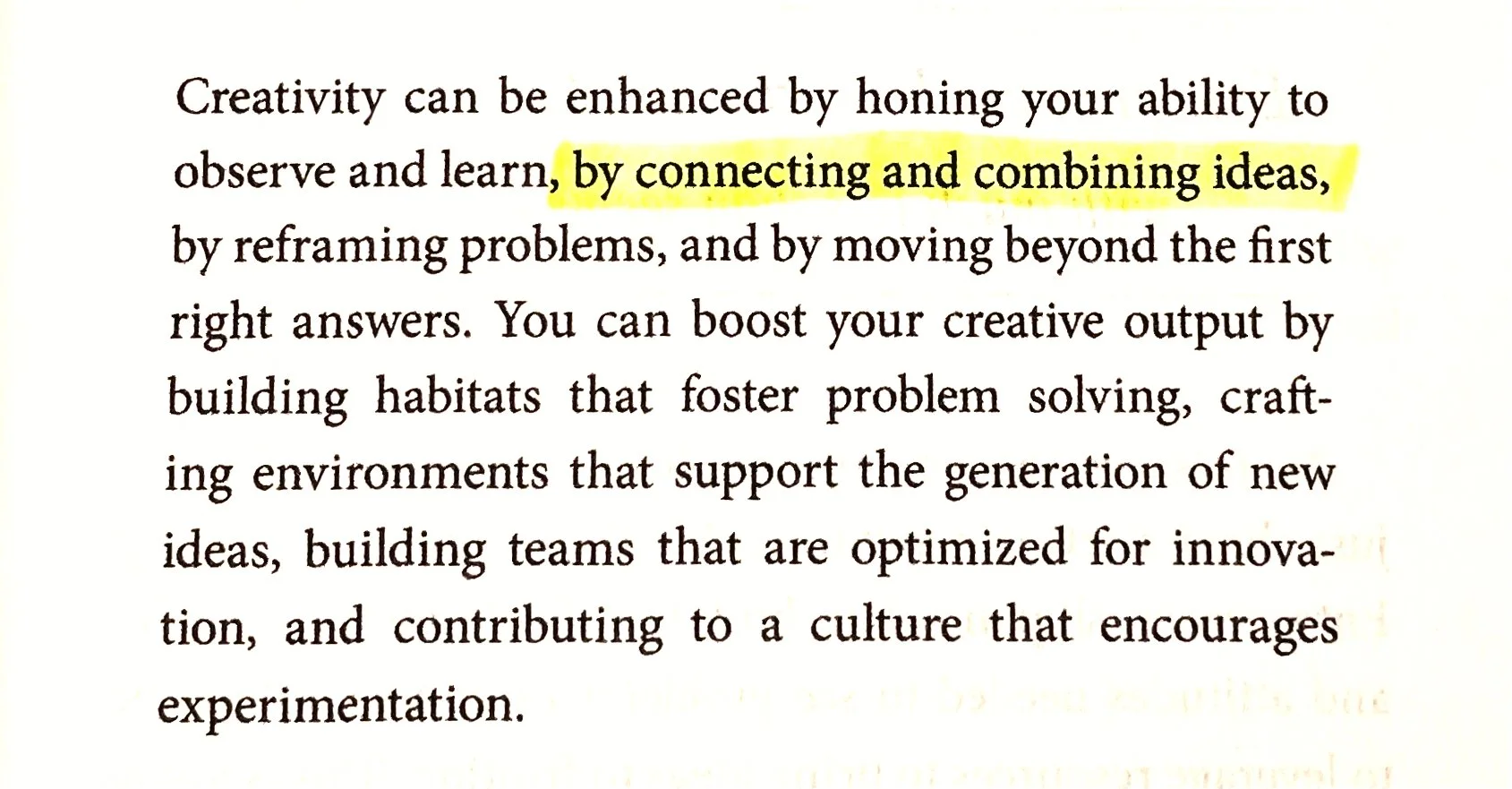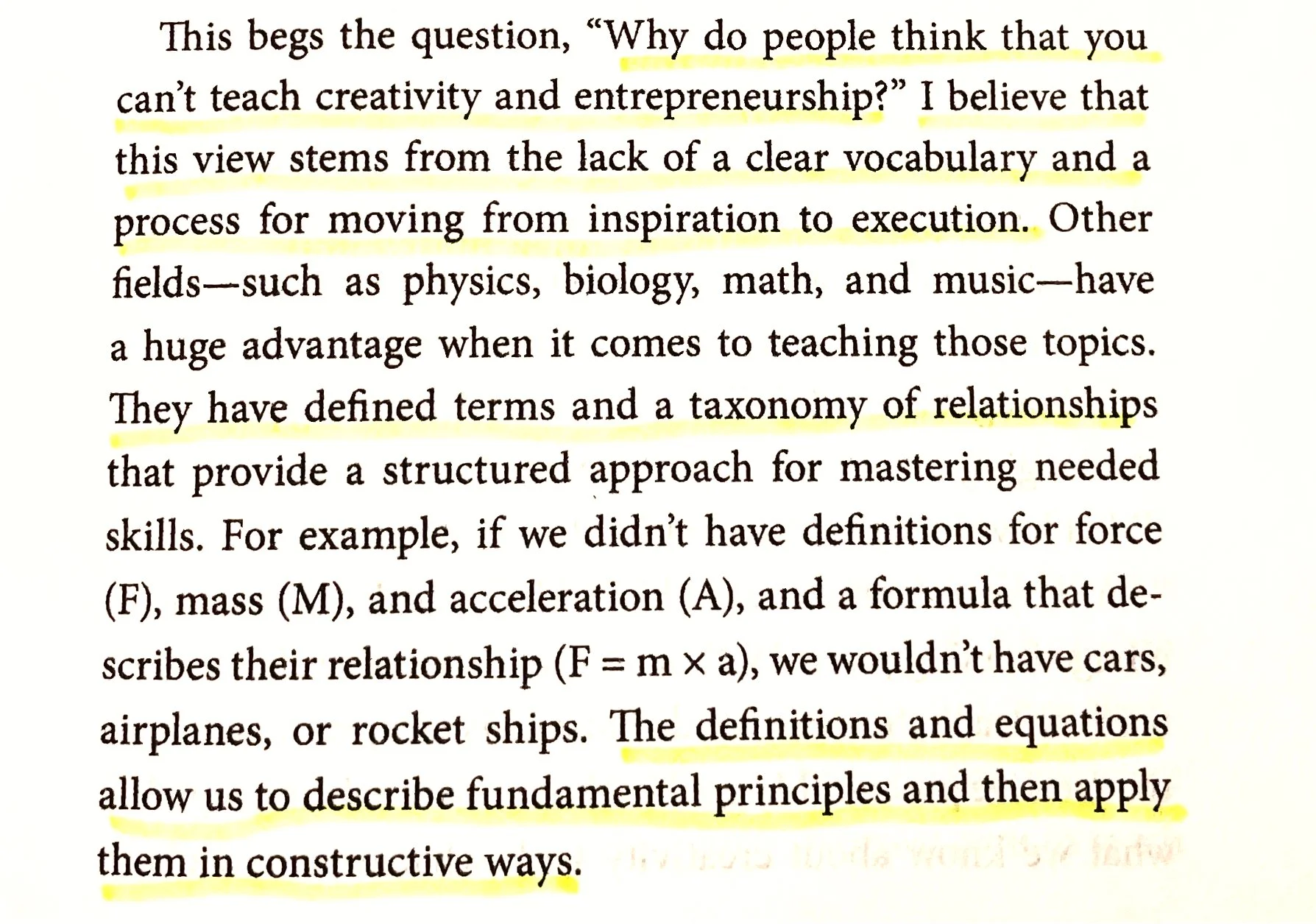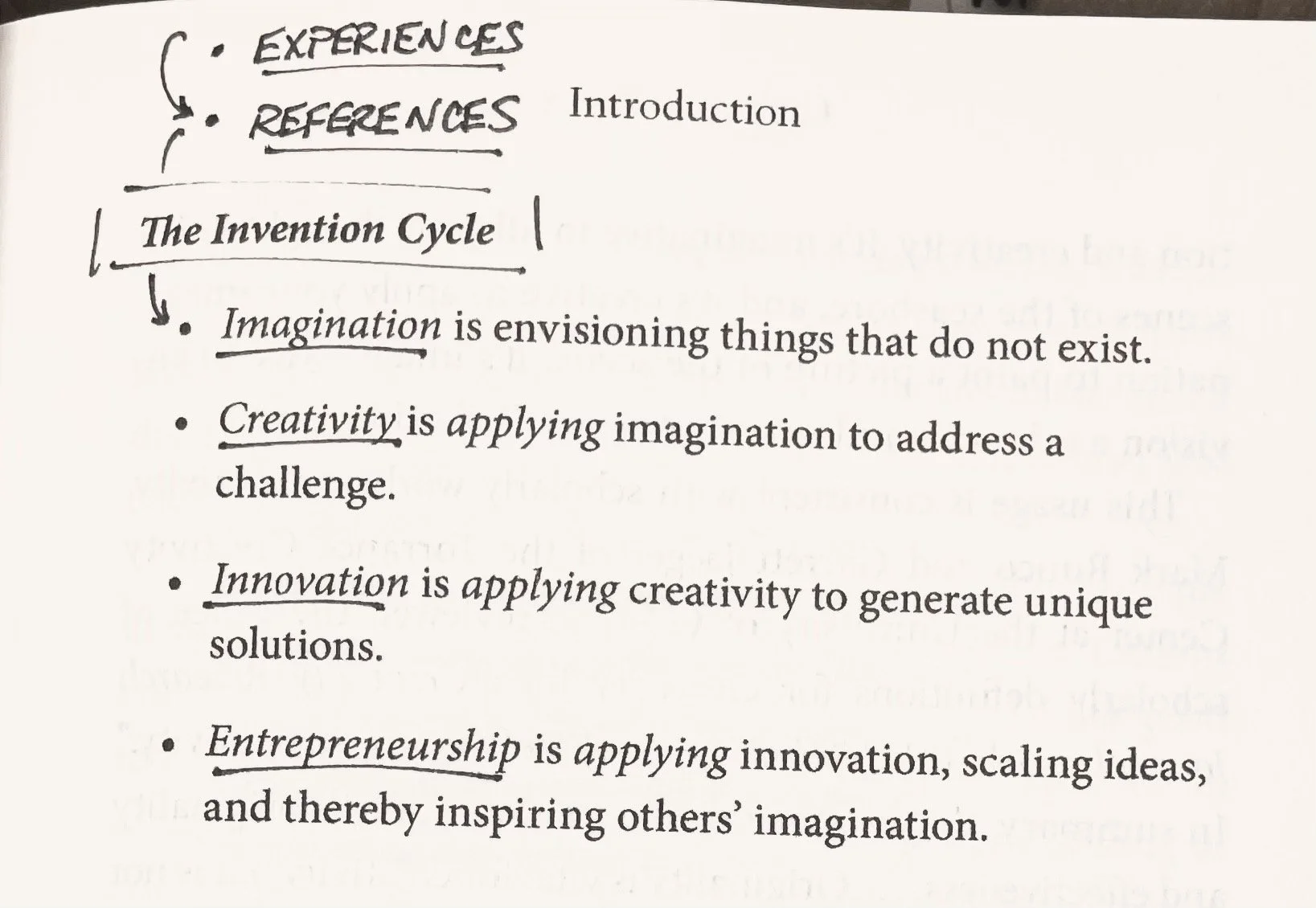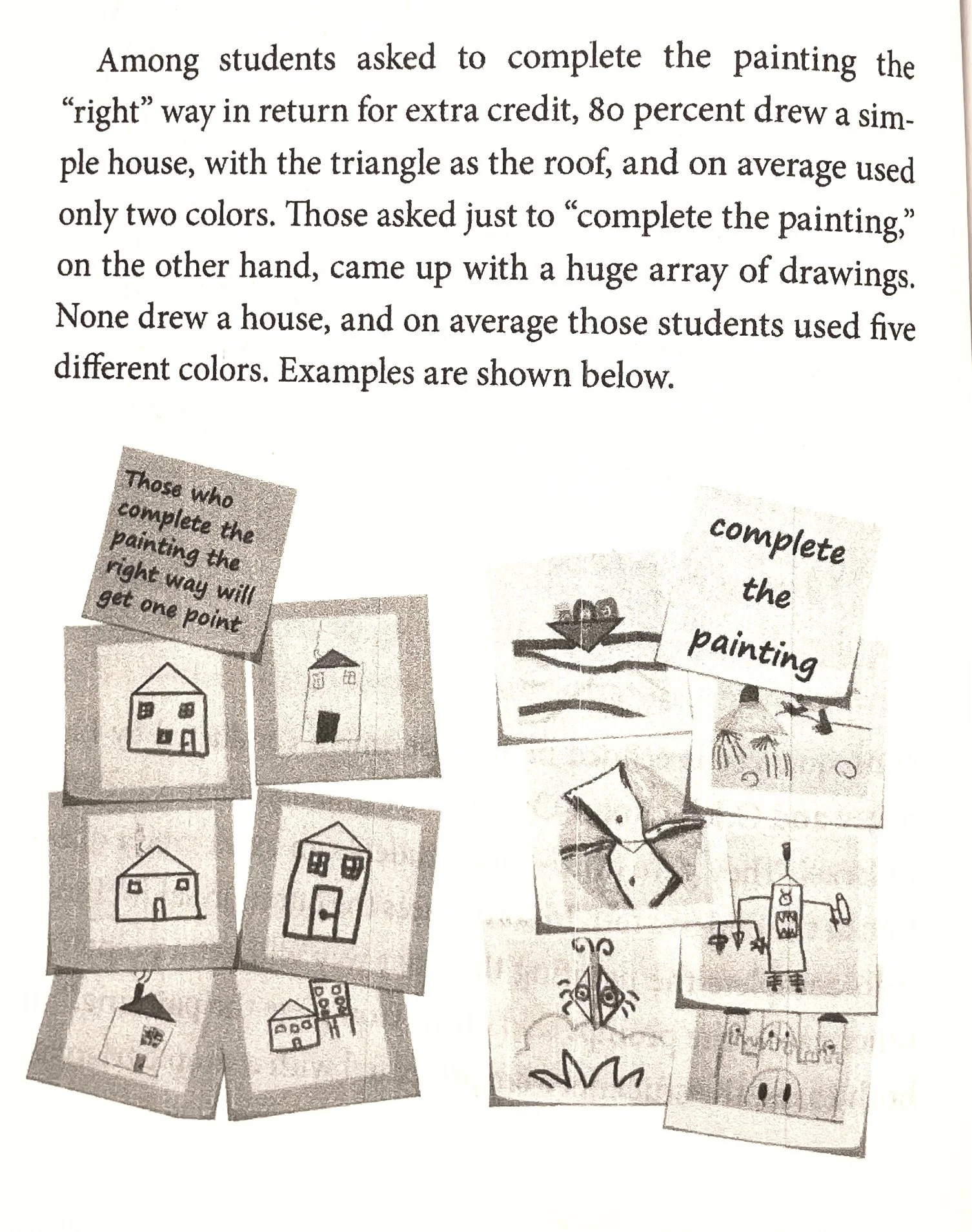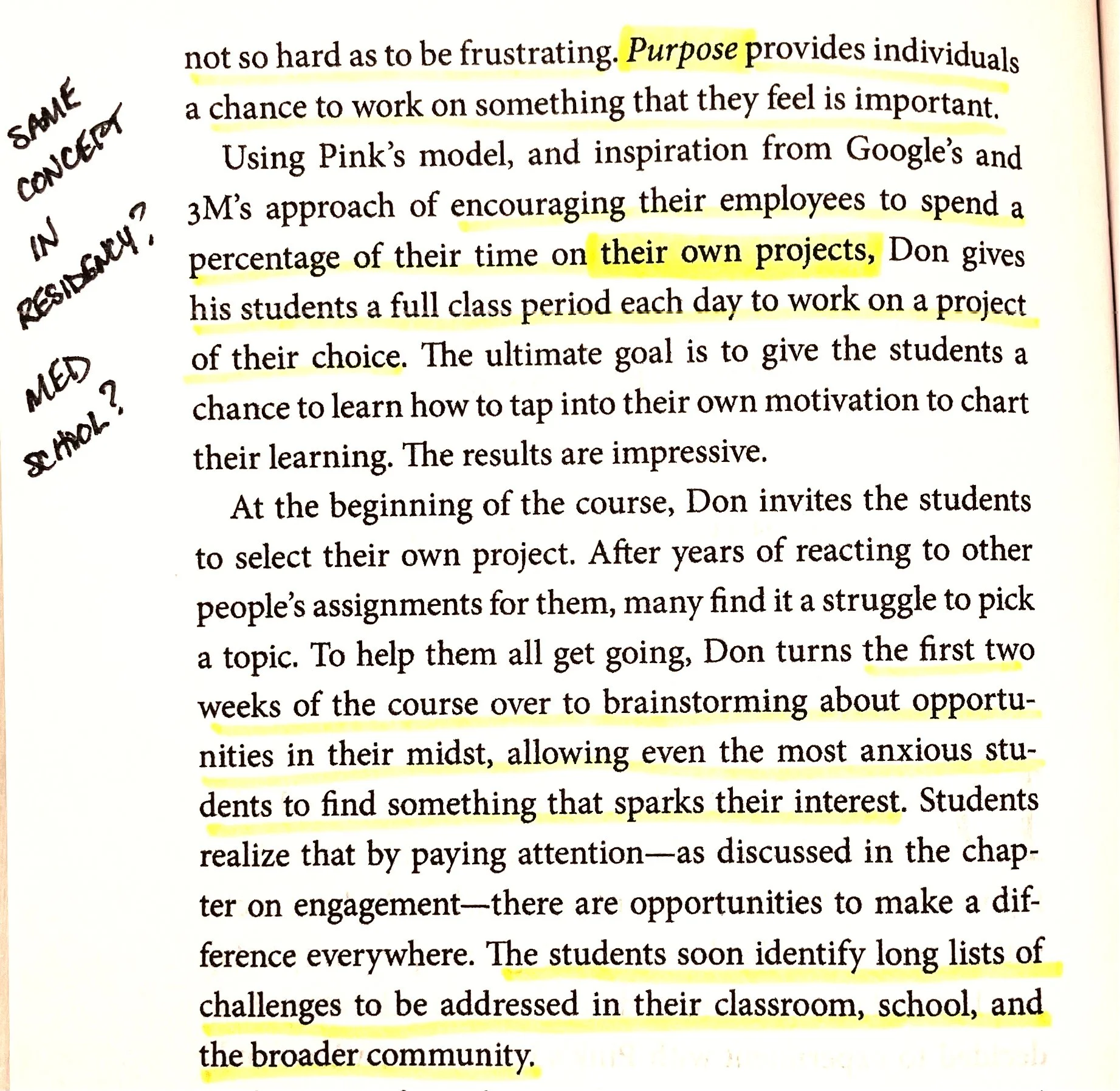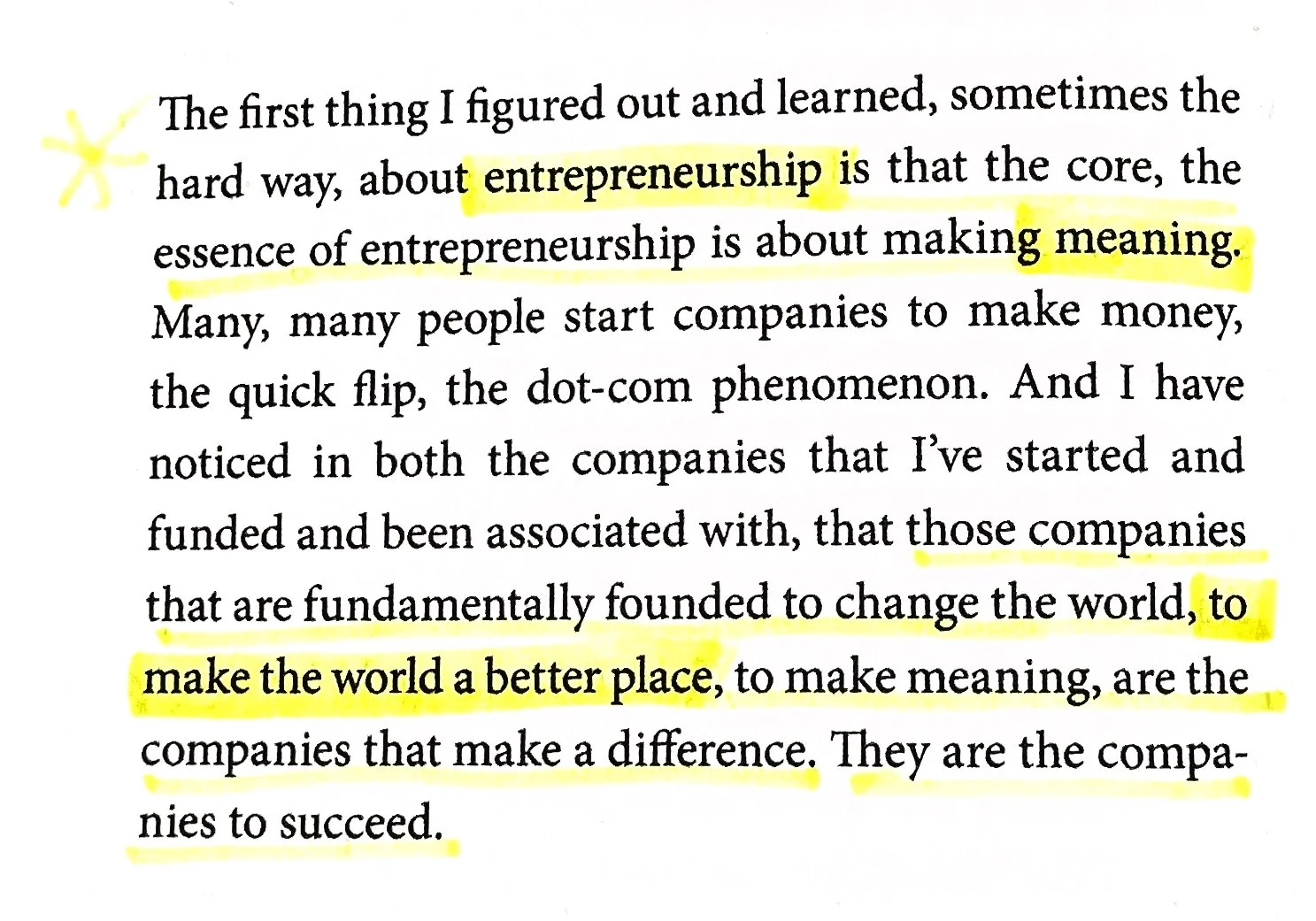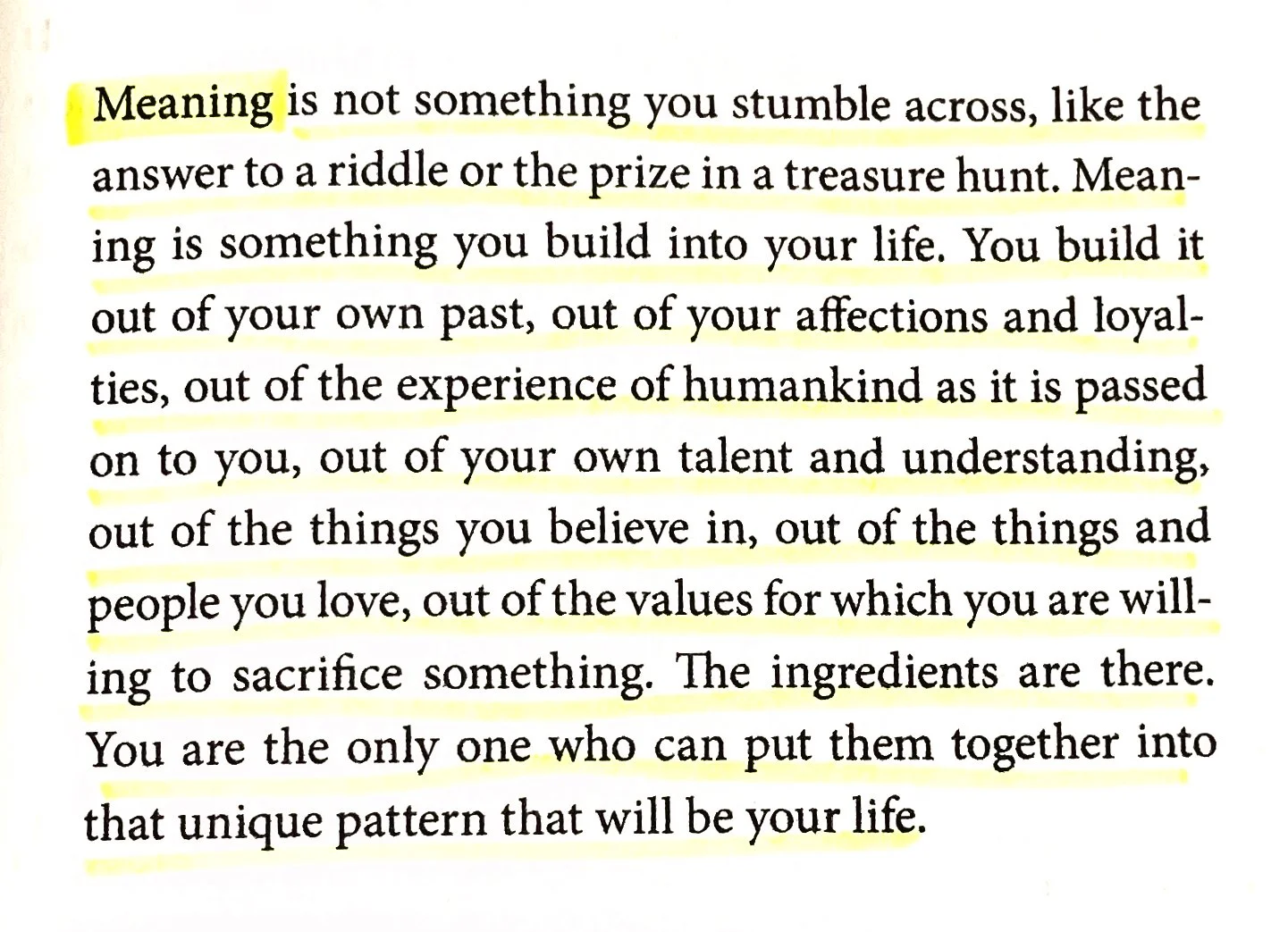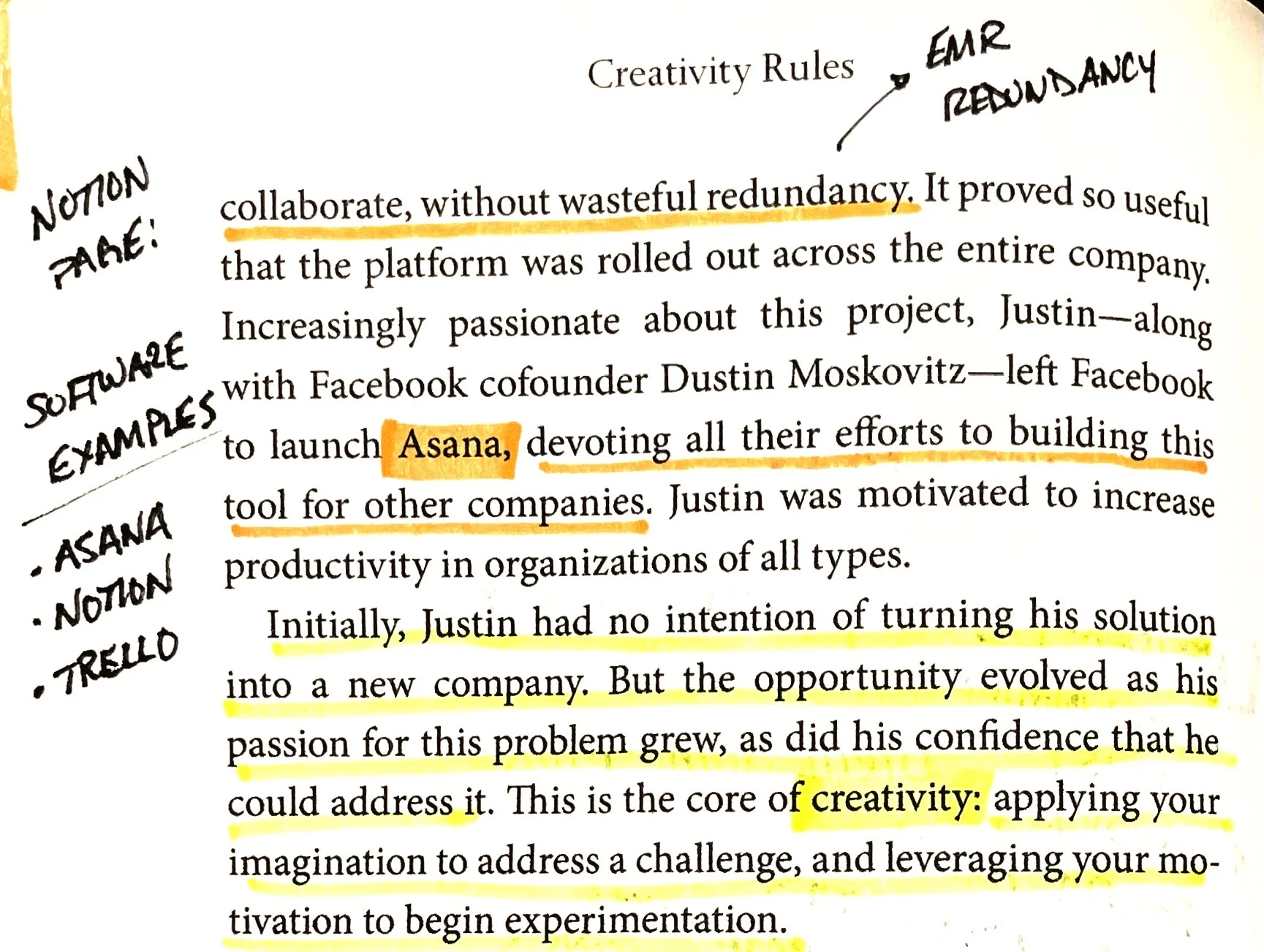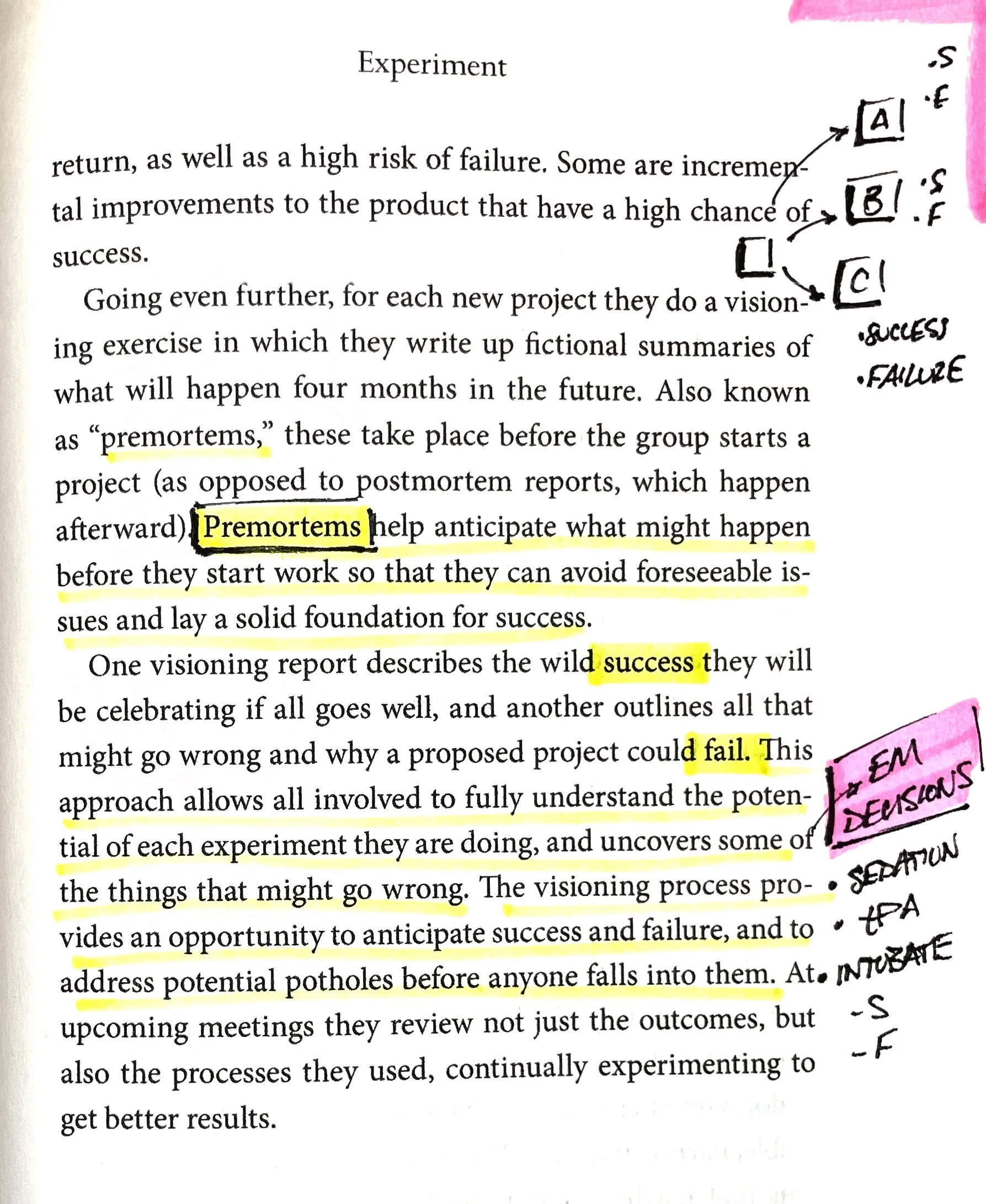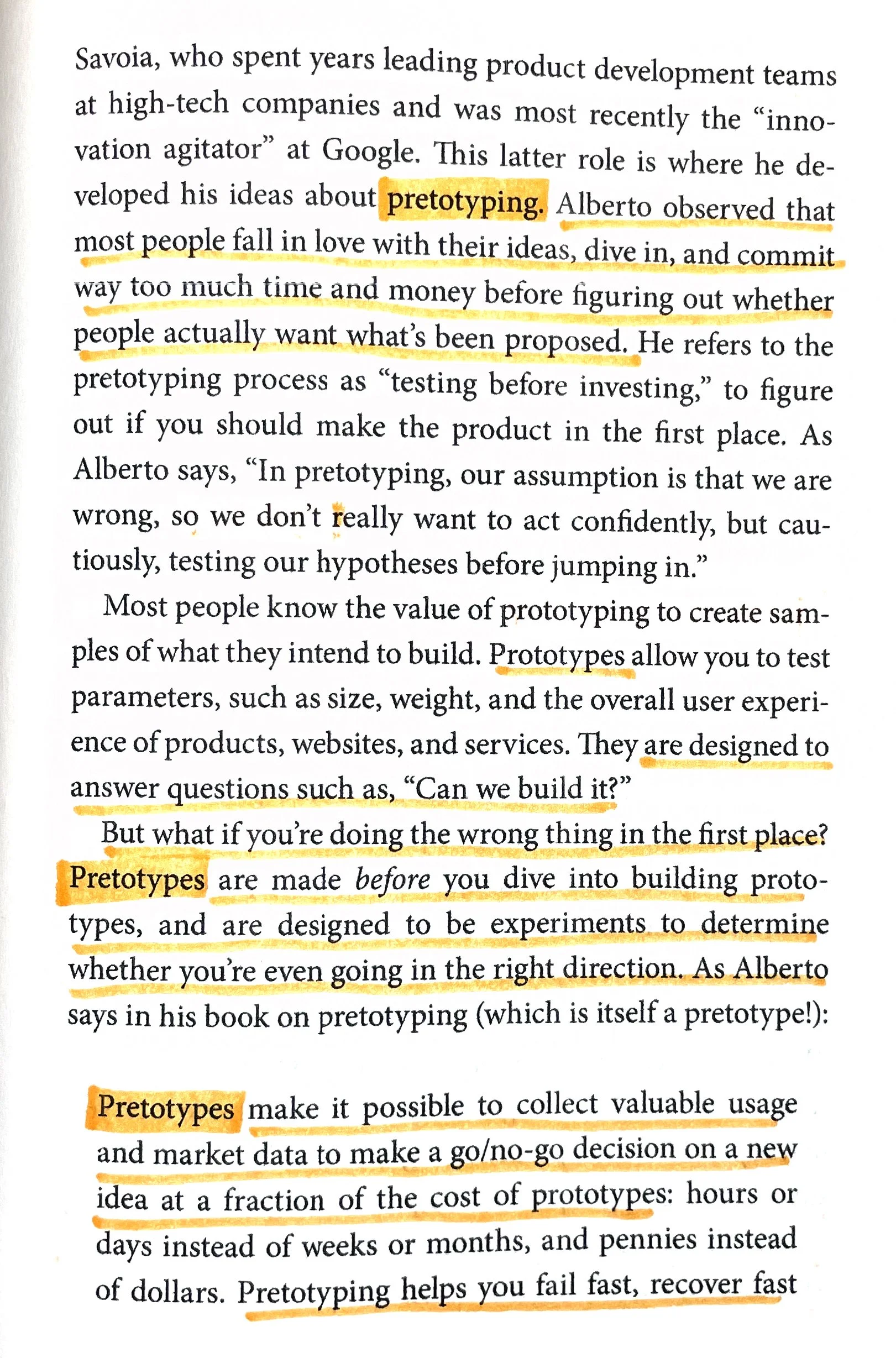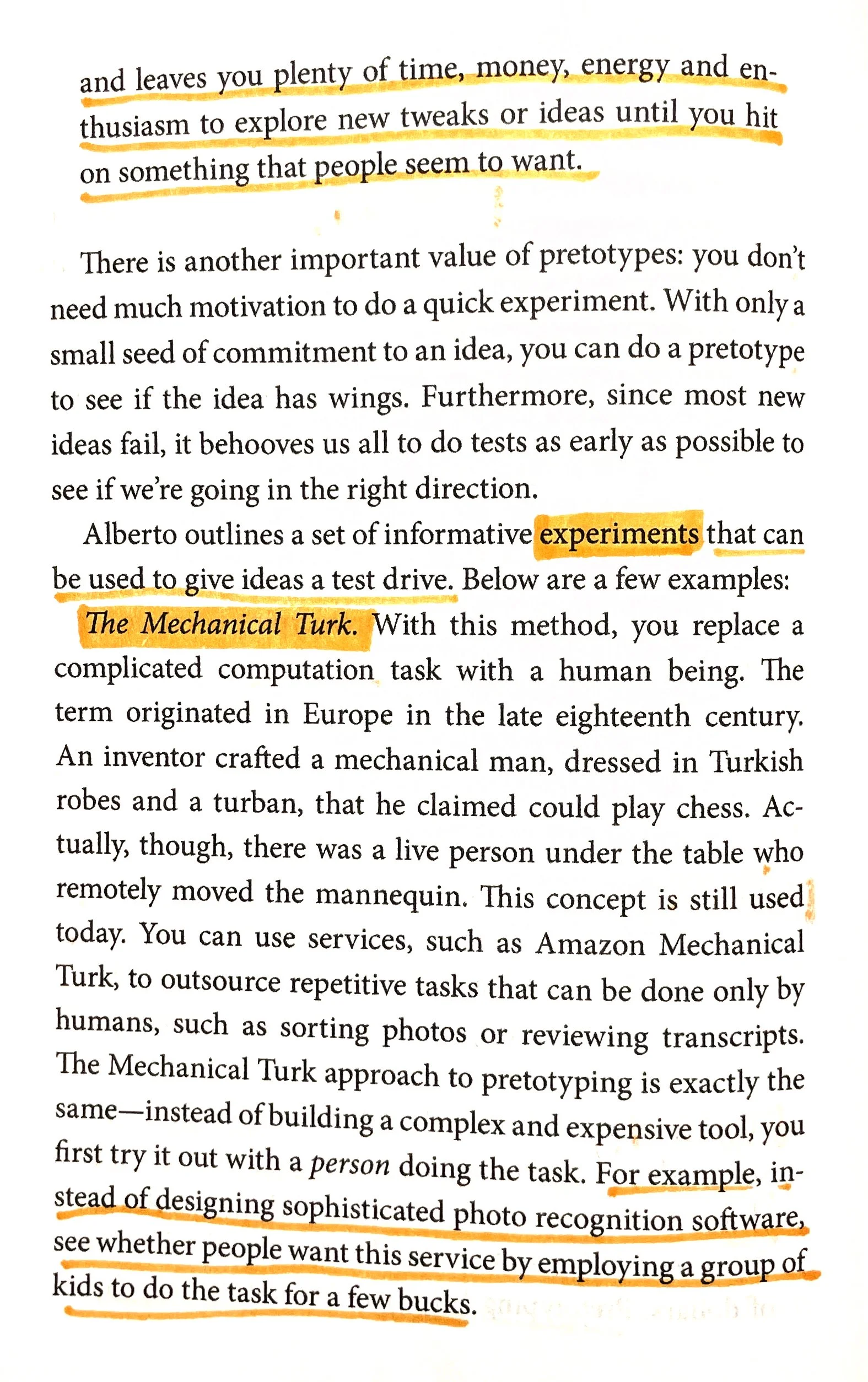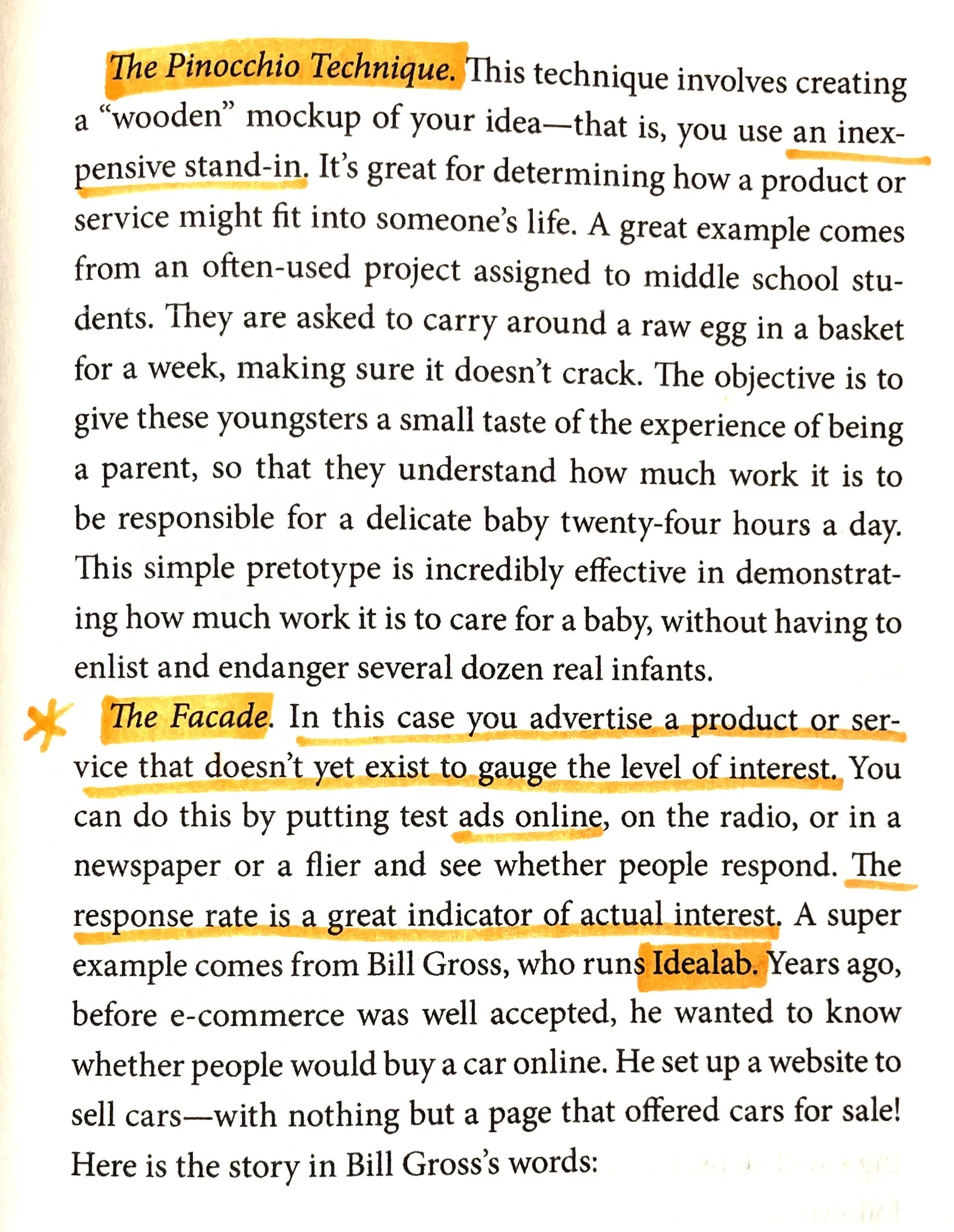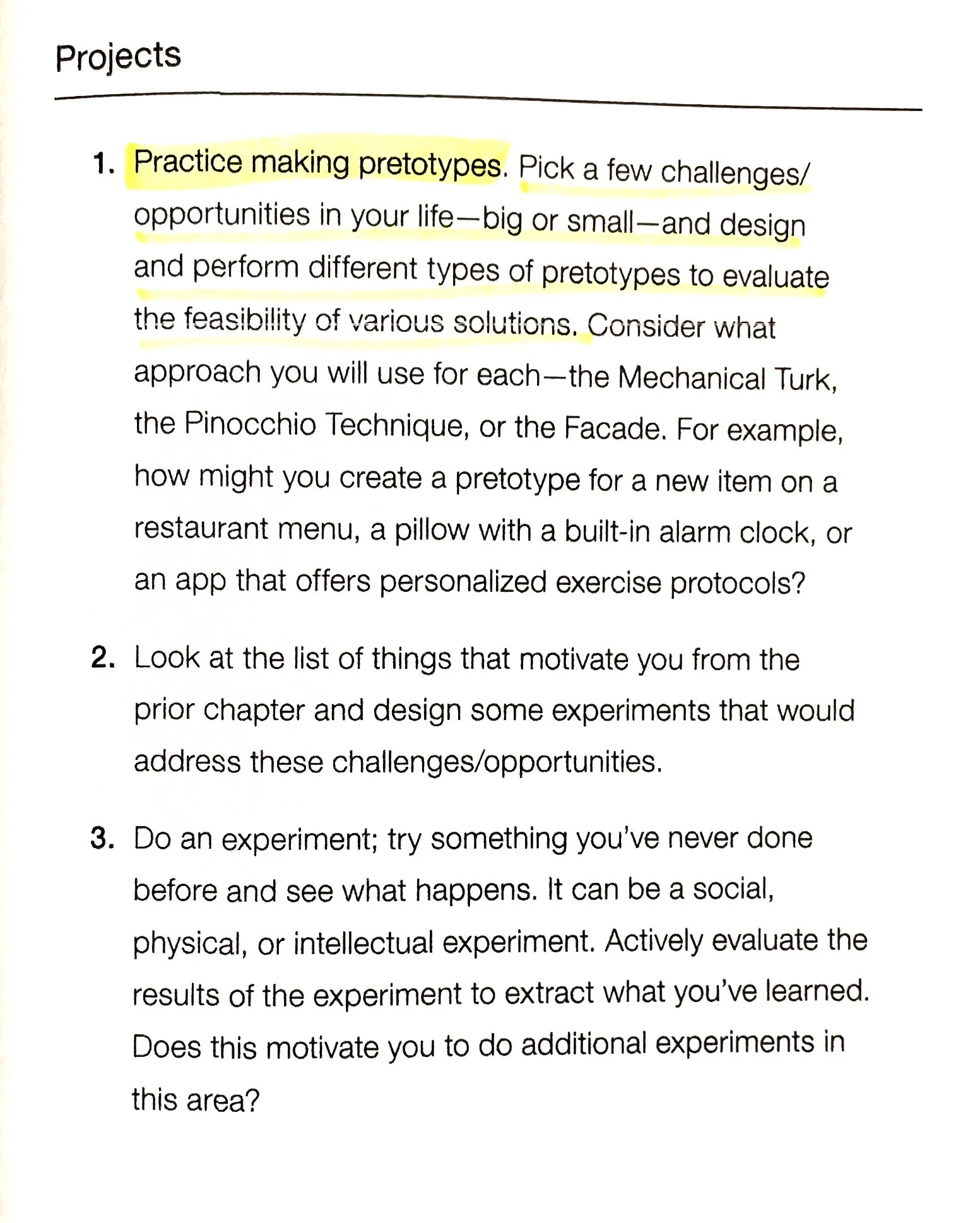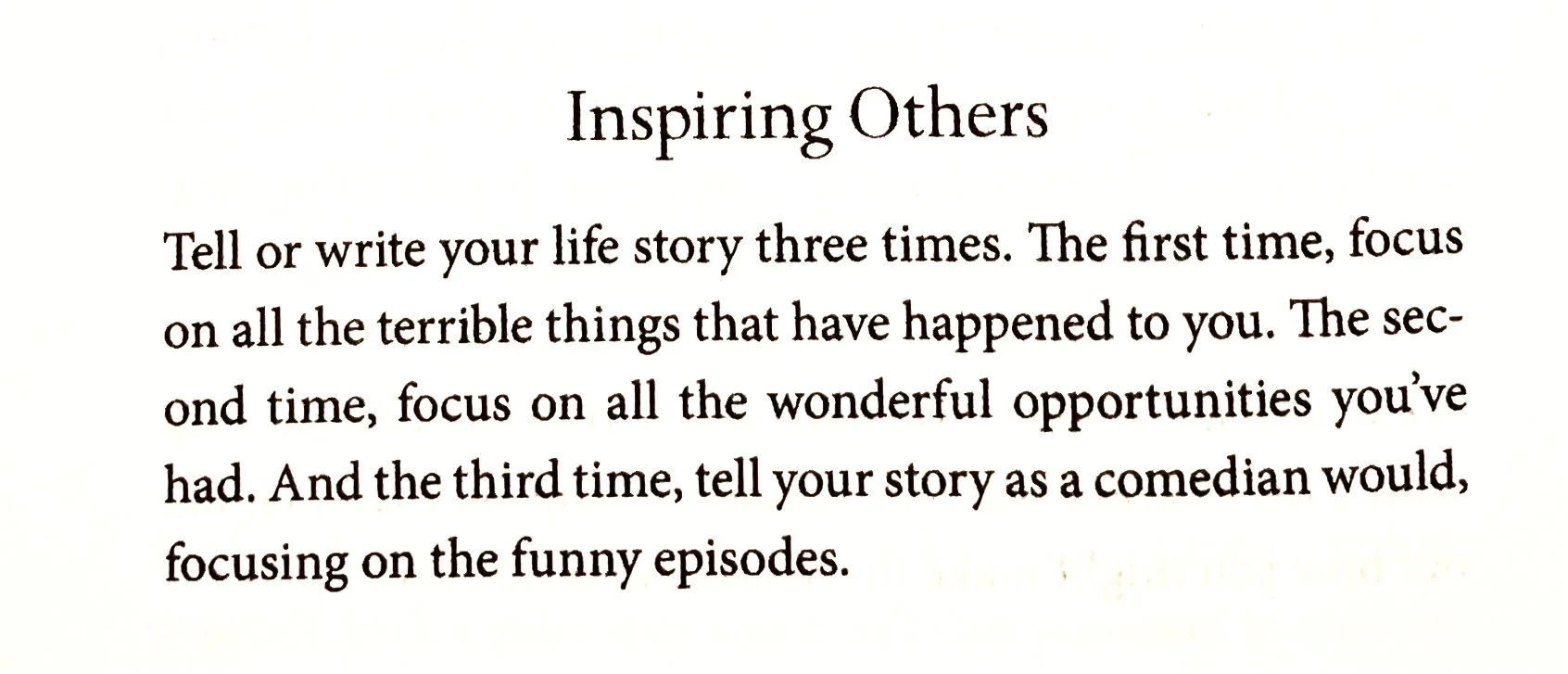Creativity Rules
Author: Tina Seelig
How much I would recommend this book to other medical students/residents: 7/10
Buy it on Amazon: Link
How can we augment creative problem-solving?
Creativity is essentially connecting the dots between two ideas to solve a problem.
More dots you have, the more opportunities there to connect them (see the book “Building A Second Brain” by Tiago Forte for more on this).
How do we collect more dots? The short answer is, life experiences. The great thing is, we can learn from the life experiences of others by reading books. This is one of the reasons that I love reading non-fiction.
Whenever I come across a problem or a point of friction any Emergency Medicine, I asked myself the following questions:
How do other residency programs (or hospitals) solve this problem?
How do other organizations outside of medicine solve the problem?
Now that I have a list of examples, which one of these solutions could be the best fit?
Can creativity be taught?
What is the difference between creativity and innovation?
Experiences (either or own, or borrowed from others through reading, conversation, and media) gives us references.
References are the “dots” or data points that can be connected to form new ideas.
Imagination is how we envisage how the data points might be connected, intertwined, or rearranged.
Creativity is applying this imagination to solve a problem.
Innovation is applying creativity to generate a solution.
Do grades impact creativity?
Interesting to think about.
Experience, confidence, and medical residency training.
A few of my favorite lines from this page:
Confidence comes from experience, not the other way around.
It’s helpful to acknowledge the things you don’t know , to ask for help, and to realize that everyone feels (or has felt) the same way.
See “Think Again” book for more on this.
I think this last sentence can be incredibly helpful to acknowledge when starting medical school, intern year of residency, or (I imagine) your first year as an attending physician.
What if medical students could work on their own projects?
Interests and intrinsic motivation
Your intrinsic motivation is the fuel that refills your tank, propelling you forward and providing resilience when the going gets rough.
Internal vs External Motivation
Internal motivation:
Comes from your personal drive to accomplish a goal, independent of what others think.
External motivation:
Comes from outside validation, such as rewards and recognition.
For students who feel pressured by family to go to medical school.
Entrepreneurship is about creating meaning, not money.
How do we discover meaning?
Meaning is not something you stumble across, like the answer to a riddle or the prize in a treasure hunt. Meaning is something you build into your life.

